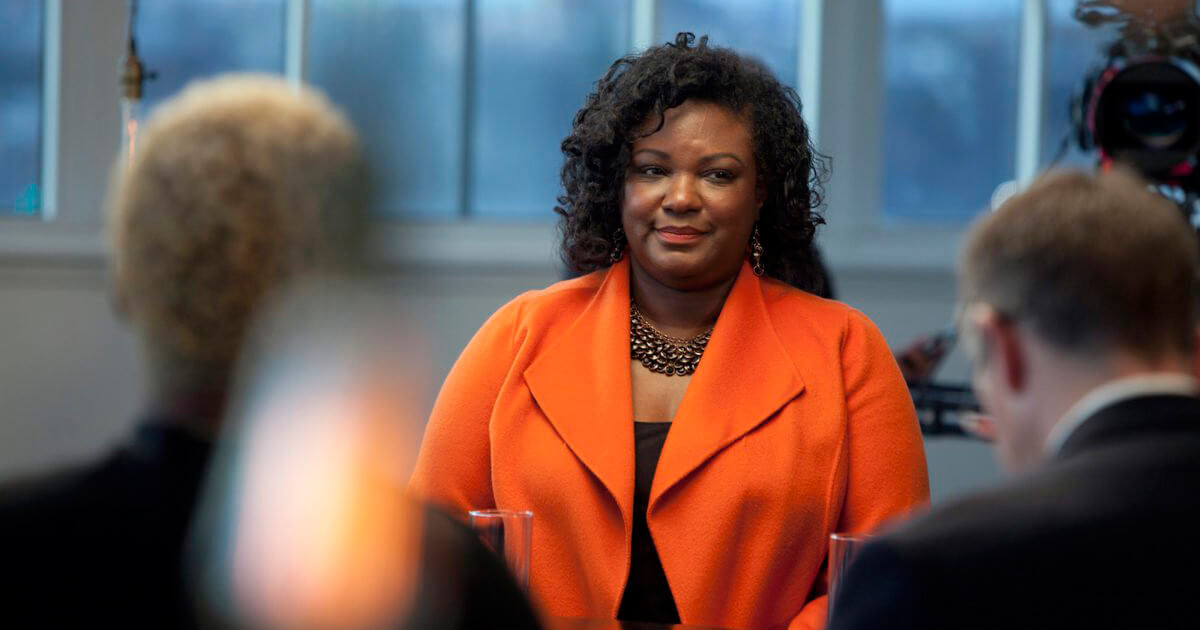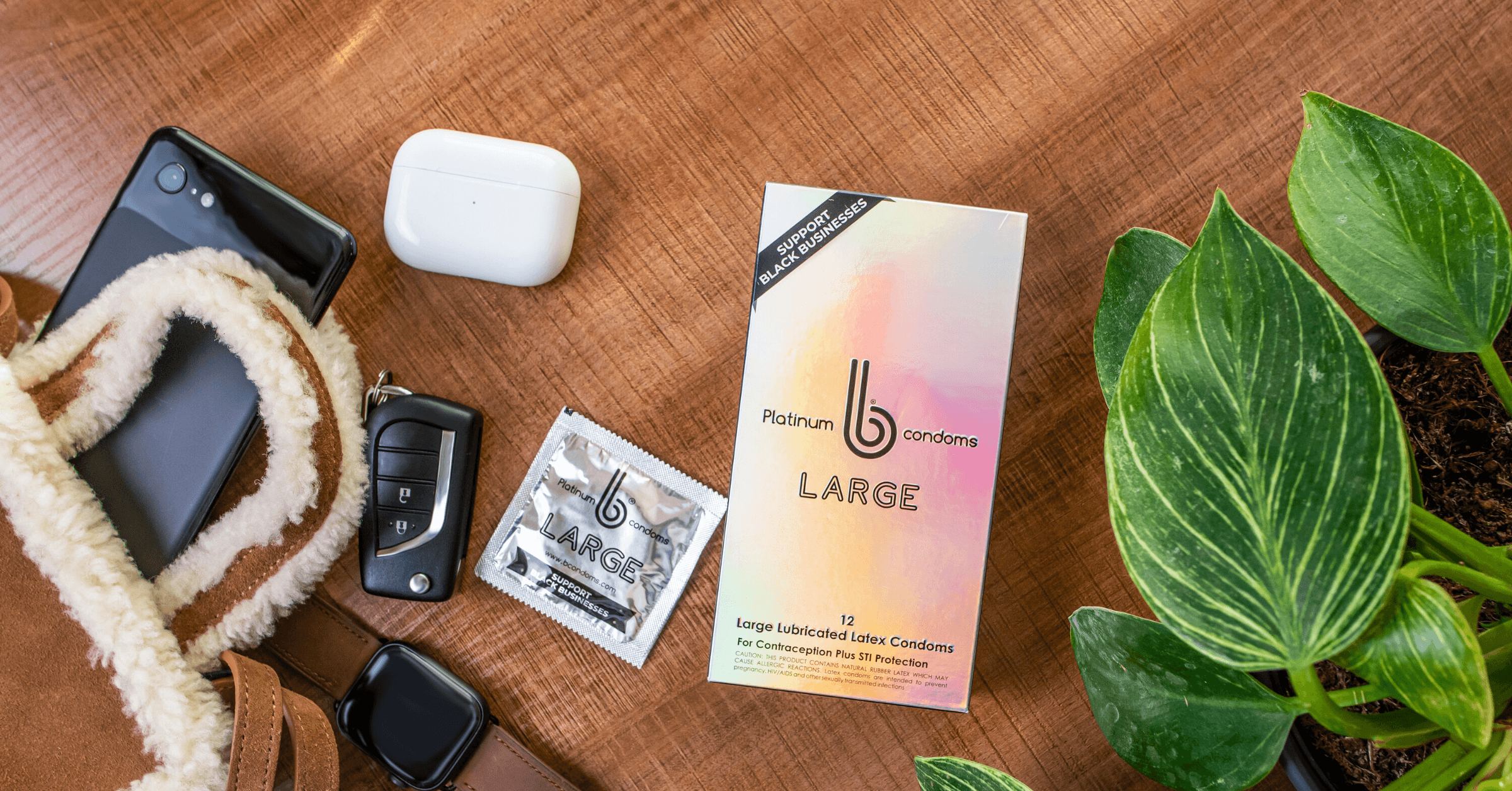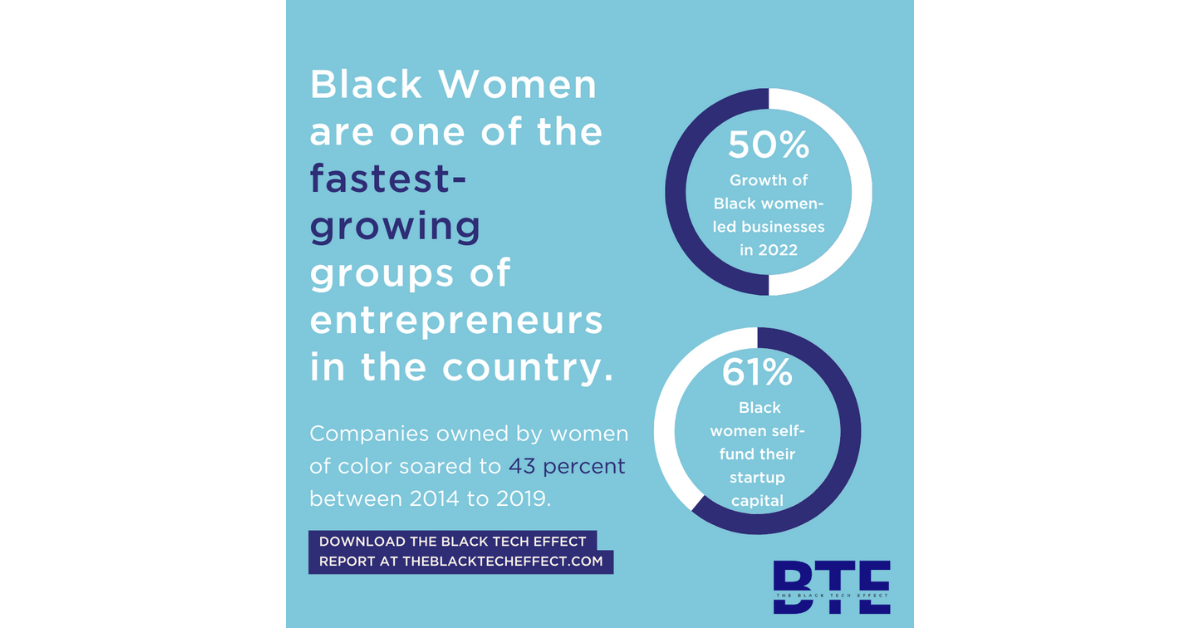When Teresa Hodge received a seven-year sentence for mail fraud, she vowed to become an expert on the prison experience. “I observed prison,” Hodge says. “I watched women come in, I watched women leave, and I watched some women come back.” She filled her days learning about those around her, their lives on the outside, and what brought them to the cramped space at a federal prison camp in Alderson, West Virginia. She and her daughter, Laurin Leonard, now 33, brainstormed ideas in the visitor’s room, wondering what would allow these women to reclaim their lives. “This became my life’s work,” she says. “I left prison 100 percent committed to building solutions that would help me and help other people.” Hodge, who maintains she was wrongfully convicted, was released in 2012, after serving five years and eight months for a first-time offense. And she founded Mission: Launch, a Baltimore-based nonprofit that works with financial institutions to help formerly incarcerated people access loans and start businesses. Her work is supported by Unlocked Futures, a 16-month accelerator formed by venture philanthropy fund New Profit and backed by Bank of America.
It annually supports eight entrepreneurs impacted by the criminal justice system, whose business models offer services such as affordable housing and employment assistance to other people with records.America’s prison population is the largest in the world, and it comes at a steep cost: Federal, state and local governments spend $80 billion a year to keep people incarcerated, and nearly 2.3 million Americans sit in prisons and jails at any given time. These men and women — most of whom are locked up for nonviolent offenses — cannot work, pay taxes, or support their families. With few employers willing to take a chance on people with records, jobs are often scarce upon release, and loans for education and housing are generally out of reach, too. Though over 600,000 people come home from prison each year, more than half remain unemployed 12 months later, increasing the likelihood they’ll return. “It’s America’s worst kept secret that after people serve their time, they continue to have consequences associated with a mistake they made in many cases 20, 30, or 40 years ago,” says Tulaine Montgomery, managing partner at New Profit, which operates Unlocked Futures in partnership with musician John Legend and his FreeAmerica campaign. Though over 600,000 people come home from prison each year, more than half remain unemployed 12 months later Mission: Launch’s latest effort — the R3 Score — could one day eliminate the question people with criminal records dread most: “Have you ever been convicted of a crime?” Often appearing next to checkboxes on job applications, lease agreements, and loan paperwork, the reductive query is a roadblock for people who have been incarcerated. Hodge and other advocates say it’s one of the key reasons almost 70 percent of people released from prison are back behind bars within three years.
Similar to a credit score, the R3 Score ranks people looking for jobs, apartments, loans, and other opportunities on a scale of 300 to 850. The algorithm quantifies criminal history alongside volunteer work, education, and other re-entry data points that demonstrate how people are working to rebuild their lives. “Our product de-risks the individual,” Hodge says of the system she hopes will become the “gold standard” in criminal background screenings. “It balances public safety and fairness to individuals who are trying to get back on their feet.” This kind of alternative to the traditional background check offers a different opportunity for people seeking jobs, education, and housing after run-ins with the criminal justice system, but in order to get there, they must first leave prison ready to build a new life. “The most paramount part of a successful re-entry plan is figuring out a way to connect back to the community before release,” says Marcus Bullock, CEO of Flikshop. His app-based startup brings prison communication into the digital age by turning Instagram-ready photos and captions into postcards accepted at thousands of correctional facilities across the U.S. This story is in partnership with Motherboard. Click here to read the full article.








